Rise of Digital Platforms
The proliferation of digital platforms appears to be a primary driver of the Embedded Insurance Market. As consumers increasingly engage with online services, the demand for integrated insurance solutions rises. For instance, the insurance sector has seen a notable increase in partnerships with e-commerce platforms, allowing for seamless insurance offerings at the point of sale. This trend is reflected in the growing number of digital transactions, which reached approximately 4 trillion in 2025. Such integration not only enhances customer experience but also expands the market reach for insurers, thereby fostering growth in the Embedded Insurance Market.
Consumer Demand for Convenience
Consumer preferences are shifting towards convenience, which significantly influences the Embedded Insurance Market. As individuals seek hassle-free solutions, the appeal of embedded insurance offerings becomes more pronounced. This trend is evidenced by a survey indicating that over 60% of consumers prefer purchasing insurance at the same time as their primary product. Consequently, insurers are adapting their strategies to meet this demand, leading to an increase in embedded insurance products across various sectors. The convenience factor is likely to drive further innovation and expansion within the Embedded Insurance Market.
Technological Advancements in Insurance
Technological advancements are reshaping the Embedded Insurance Market, enabling insurers to offer more tailored products. Innovations such as artificial intelligence and machine learning facilitate data analysis, allowing for personalized insurance solutions. For example, insurers can now assess risk more accurately and provide customized premiums based on individual consumer behavior. This technological evolution is expected to enhance customer engagement and retention, as consumers increasingly favor personalized experiences. As a result, the Embedded Insurance Market is likely to witness substantial growth driven by these technological innovations.
Increased Awareness of Insurance Products
The growing awareness of insurance products among consumers is a vital driver of the Embedded Insurance Market. As individuals become more informed about the benefits of insurance, the demand for integrated solutions rises. Educational initiatives and marketing campaigns have played a pivotal role in enhancing consumer understanding of embedded insurance. This increased awareness is reflected in the rising adoption rates, with studies indicating that nearly 70% of consumers are now familiar with embedded insurance options. Such awareness is likely to propel the Embedded Insurance Market forward, as more consumers seek out these convenient solutions.
Regulatory Support for Embedded Insurance
Regulatory frameworks are evolving to support the Embedded Insurance Market, creating a conducive environment for growth. Governments are recognizing the potential of embedded insurance to enhance consumer protection and financial inclusion. Recent policy changes have streamlined the approval processes for embedded insurance products, encouraging insurers to innovate and expand their offerings. This regulatory support is crucial, as it not only fosters competition but also ensures that consumers have access to a wider range of insurance solutions. Consequently, the Embedded Insurance Market is poised for significant expansion as regulatory barriers diminish.
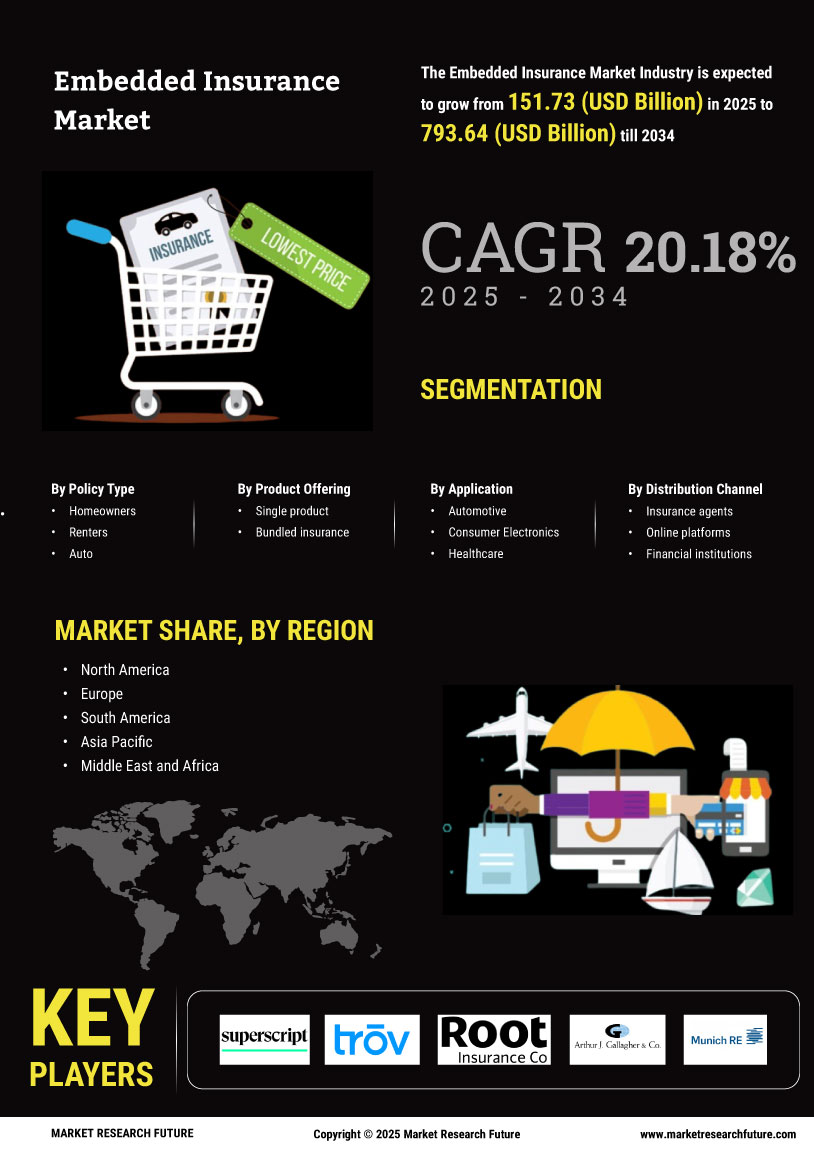

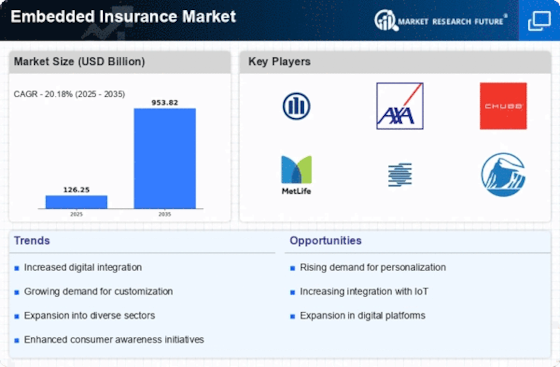
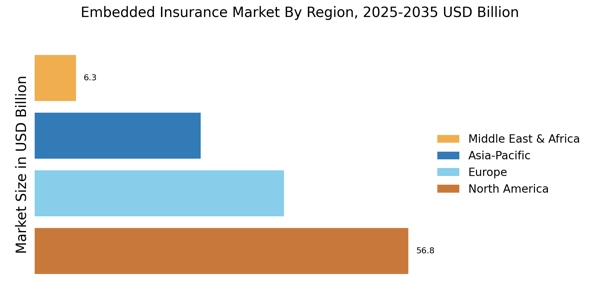
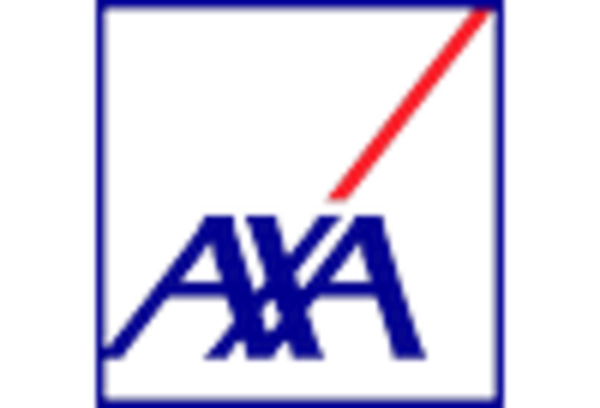
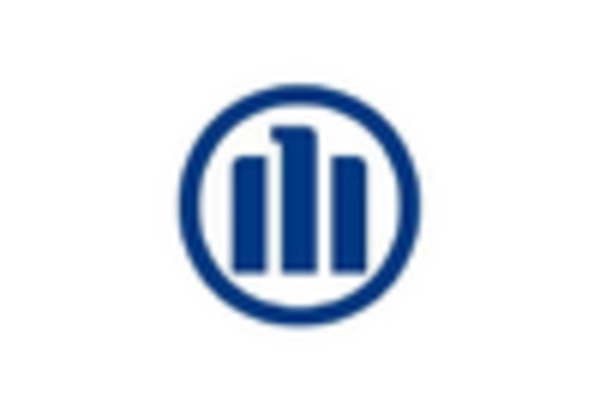
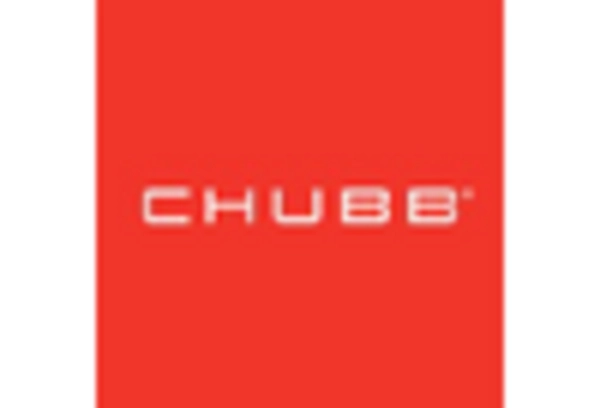
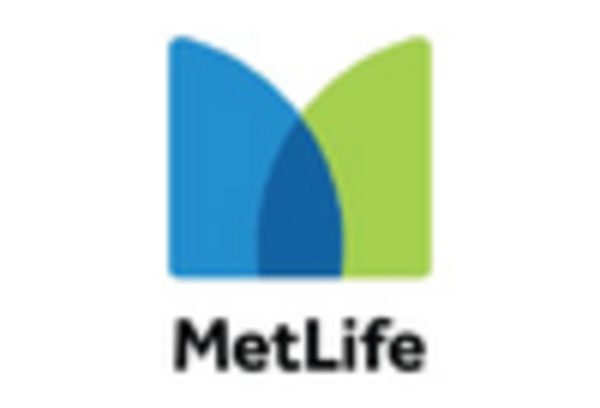
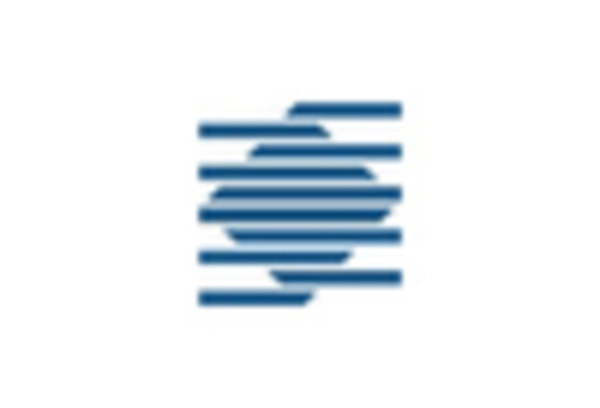









Leave a Comment